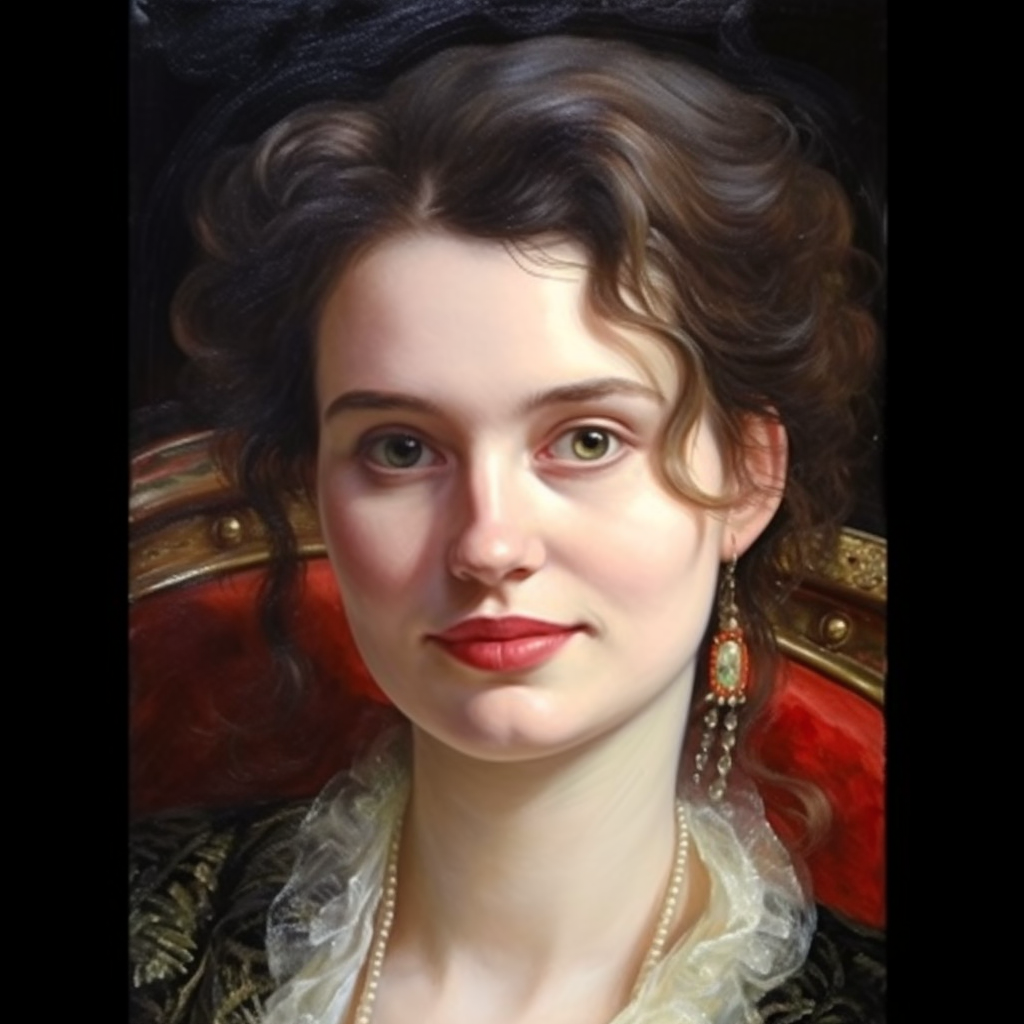
19 Mar Review: Anna Karenina

The novel “Anna Karenina” revolves around the tragic protagonist Anna Karenina, a married aristocratic woman who becomes embroiled in a passionate extramarital affair with Count Vronsky, a dashing cavalry officer. This plot is intertwined with the narrative thread of Levin, a landowner who despite his aristocratic background, values a simple, honest farming life, and Kitty, a young, beautiful, and innocent woman from an aristocratic family. The intersections between these storylines help to provide a contrast in the characters’ lives and to illustrate the novel’s themes more effectively.
The novel is probably most famous for its opening line: “All happy families are alike; each unhappy family is unhappy in its own way.” This line sets the stage for the novel’s examination of relationships and the complexities of human emotions. In a sense the novel is exploring the theme of the purpose of life as well, and tries to offer several paths to achieving this. One is the path of intense and passionate love, the path of Anna and Vronsky. The other is the path of Levin and Kitty, of a more rational love based on full transparency and self-respect. By comparing the two couples, Tolstoy communicates the idea that the purpose of life cannot be found in material pursuits or intellectual endeavors alone. Instead, he suggests that a deeper sense of meaning and fulfilment can be found through love, faith, and genuine human connection. By contrasting Levin’s journey with Anna’s tragic story, Tolstoy emphasises the importance of moral values, personal responsibility, and the need for individuals to navigate the complexities of life by balancing their desires with a commitment to the greater good.
Reading the novel was a very fulfilling journey for me. I was most impressed by the lofty life-style of 19th century Russian society. It was surprising to see how counts and princesses could live an expensive life in debt, and so was the luxury that enveloped restaurants in Moscow and Sankt Petersburg. I somehow expected the world to be smaller in the 19th century, when Internet did not exist and travelling was slower, but it does not feel like it. It certainly feels that the characters are more self-reflective due to the slower pace of living. I also was surprised by the double standards applied on men and women involved in adultery in such times. Anna faces social, legal and personal consequences and has to sacrifice her freedom. Her life becomes increasingly constrained and isolated as a result of the affair, and she ultimately feels trapped by society’s judgment and her own guilt. Vronsky, on the other hand, continues to enjoy a relatively unrestricted life, and his affair with Anna does not limit his freedom or opportunities to the same extent.
All in all, I recommend anyone who is interested in exploring the social and historical context of the past to read this novel. It provides a vivid portrait of 19th-century Russian society, giving the reader a glimpse into the customs, values, and challenges of the time, while also underlining the universality of human experiences across time and place.



No Comments